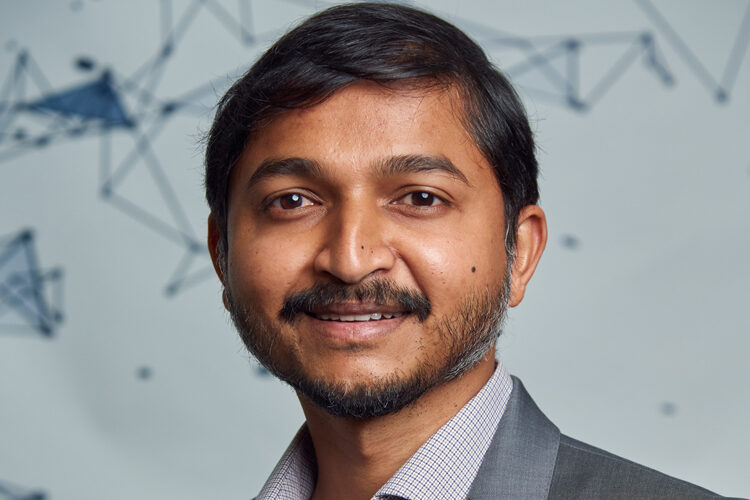IMDEA Networks

Getting the Best of Both Worlds (IoT and Edge) using Hierarchical Inference

Jaya Prakash Champati, Research Assistant Professor, IMDEA Networks Institute, Madrid, Spain
In-house Presentation
In the past decade, Deep Neural Networks (DNNs) have achieved unprecedented improvement in the inference accuracy for several hard-to-tackle applications such as image classification, object detection and identification, natural language processing, etc. The state-of-the-art DNNs that achieve close to 100% inference accuracy are typically large in size requiring gigabytes of memory to load the models. On the other end of the spectrum, the tinyML community is pushing the limits of DNN compression to fit them on memory-limited IoT devices. While performing local inference for the data samples on IoT devices may result in low delay, network bandwidth savings, and improves energy efficiency of the system, it suffers in terms of low QoE as the tinyML DNNs have lower inference accuracy. In order to reap the benefits of doing local inference and not compromising on the inference accuracy, we explore the idea of Hierarchical Inference (HI), wherein the local inference is accepted only when it is correct, otherwise the data sample is offloaded. However, in general, it is impossible to know if the local inference is correct or not a priori. Nevertheless, in this talk, I will discuss how HI can be enabled for two important applications, namely, Machine Fault Detection and Image Classification. For the former application, we show using existing datasets that a simple statistical computation could differentiate the data samples, while for the latter application, we present a learning framework to differentiate the correctly classified images from wrong classification.
About Jaya Prakash Champati
Jaya Prakash Champati is an Assistant Professor at IMDEA Networks Institute, where he leads the Edge Networks group. His general research interest is in the scheduling of communication and computation for emerging applications in edge computing systems, Internet of Things (IoT), and Cyber-Physical Systems (CPS). Prior to joining IMDEA, he was a post-doctoral researcher in the division of Information Science and Engineering, EECS, KTH Royal Institute of Technology, Sweden. He obtained his PhD in Electrical and Computer Engineering from the University of Toronto, Canada in 2017, and his master of technology degree from the Indian Institute of Technology (IIT) Bombay, India in 2010. Prior to joining PhD, he worked at Broadcom Communications, where he contributed to the LTE MAC layer development. He is awarded the prestigious Marie Skłodowska-Curie Actions (MSCA) postdoctoral fellowship, 2021, and he is a recipient of the best paper award at IEEE National Conference on Communications, India, 2011.
This event will be conducted in English

